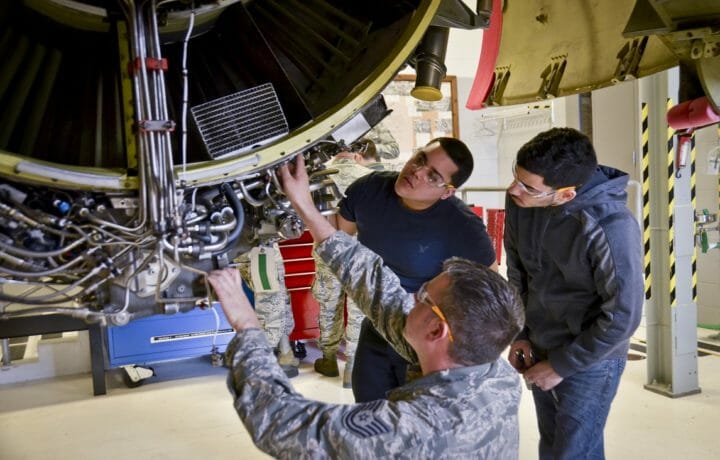Aerospace engineering is a career with high earning potential and a lot of career options. But you can’t fake your way into designing and testing missiles, satellites, and spacecrafts. You can’t work your way up the career ladder working on propulsion systems and assessing aerodynamic performance if you don’t know what you’re doing. So, how do you get into the field and grow your career?
If you know right away that you want to be in aerospace, then choose aerospace engineering as your major for your bachelor’s degree. Majors like engineering, mathematics, or physics are also a great start. But the bachelor’s is just the minimum for most jobs. There are combined bachelor’s and master’s programs available that can get you both degrees in about five years. The good news is that a master’s program will provide a little more R&D work and get some experience on your resume.
Whether you choose to work for the companies that manufacture the parts that are used to build the aircrafts and missiles or you have a high level position with the overall design, there’s a lot of problem-solving, risk mitigation, and product testing to make everything work together as it should. Some aerospace engineers choose to further their career with a professional license, but they’re not required for most positions.
Cleared aerospace engineering isn’t just about technology, there are also a lot of regulations to keep up with. Modeling software streamlines the aerospace engineer’s job, but it also adds more technology to the learning requirements. The good news is that the more knowledge you acquire, the more opportunities there are for advancement and specialization – whether that is to a senior role focused on flight systems or a managerial role on a large aerospace contract, the need for experienced aerospace engineers in national security is sky high.




